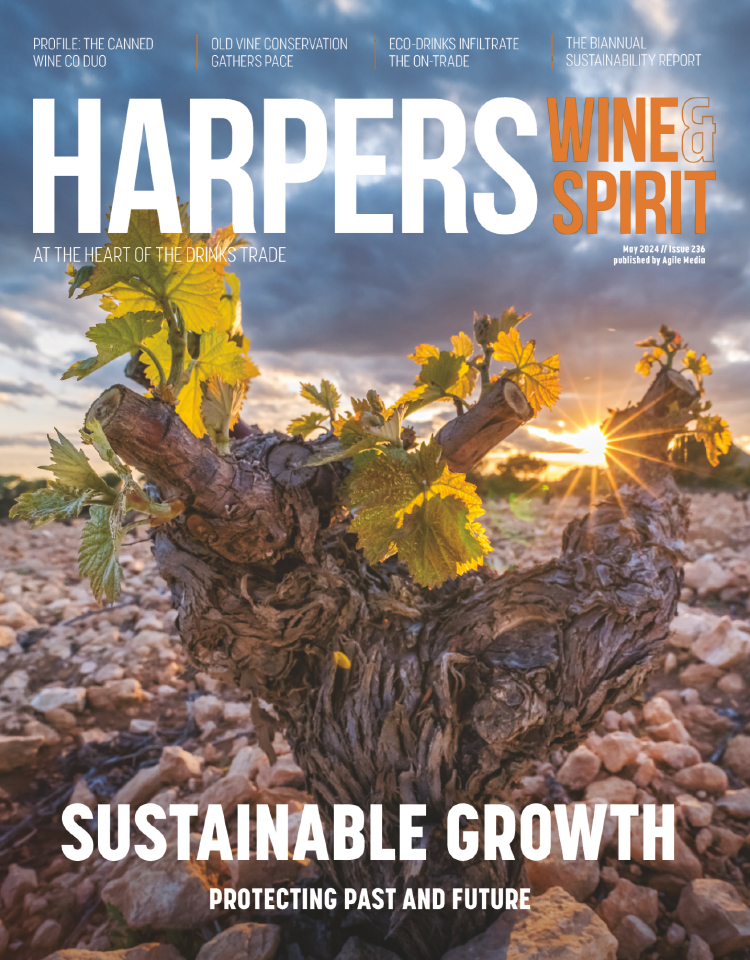
Fine wine remains relatively stable amidst economic uncertainty
In times of market turmoil, such as the 2008 financial crash, the coronavirus pandemic or the war in Ukraine, fine wine has proved itself to be an asset largely insensitive to macroeconomic uncertainty.
The last 30 years are a testament to this with fine wine establishing itself as one of the best-performing assets, delivering a compound annual growth rate of 10% (Liv-Ex investables index 1988).
According to Liv-ex’s fine wine Q1 market report, the impact of events like the collapse of the Silicon Valley Bank and the controversial UBS takeover of its rival Credit Suisse was minimal on the fine wine market.
Over one year, the Liv-ex 50 is down just 0.9%. Meanwhile, the S&P 500 and Dow Jones Industrial are down 9.7% and 4.4% respectively. Crude Oil – which has had a tumultuous year since Russia’s invasion of Ukraine – has fallen 23.7%.
All the major markets traded lower through to the third week of March when regulatory action in the US and Switzerland calmed nerves following Silicon Valley Bank’s collapse. Over the past fortnight, equities have rallied hard, with some now near all-time highs.
While the fine wine market (represented by the Liv-ex Fine Wine 50) has not experienced the same gains in Q1, it continues to offer stability in periods of economic uncertainty and volatility.
However, it is important to note that all of the major Liv-ex indices are down year-to-date. The benchmark Liv-ex 100 index, which tracks the 100 most-traded fine wines on the secondary market, is down 0.8%. The Liv-ex Fine Wine 50, which tracks the First Growths, is down 0.7% and the broadest measure of the market, the Liv-ex Fine Wine 1000, is also down 1.5%.
Furthermore, among the Liv-ex 1000’s sub-indices, the Champagne 50 has fallen 5.8% year-to-date. Back in November 2022, it was the best-performing sub-index and had risen four months in a row. In March, however, it recorded its fifth consecutive month of decline.
Similarly, the Rhone 100, which is often considered one of the most stable regions in the fine wine market, recorded the second-biggest fall, at -4.9%.
Given the current wider financial landscape buyers have been quite risk averse, as proven by steady price increases and rising trade for Bordeaux – a region of stability and liquidity.
As a result, this year’s Bordeaux campaign will carry more weight than previous years as we head into the En Primeur season.







